To enter Istanbul or Turkey for that matter, most tourists will need some kind of visa. However, there are a few visa types, several ways to obtain your visa and different fees to pay. It all depends on your passport type, country of origin and the purpose of your visit. Follow these four steps to determine the easiest and cheapest way to get your visa.
#1 What Kind of Passport Do You Have?
You're probably not aware of this, but there are several passport types: diplomatic, special, service (together the so called official passports), and ordinary passports. Unless you are on a mission for your government (such as ambassadors, consuls, etc.) you are the holder of an ordinary passport. Also make sure that your passport is valid for minimum 90 days longer than the duration of the visa. So, if you will receive a 90 day visa, make sure your passport's validity is at least 180 days.
#2 What Is Your Country of Origin?
There is often quite a bit of confusion about this one. This does not mean what country you are travelling from before entering Turkey. No, this simply means what country issued your passport. So, if you are travelling with an American passport, then your country of origin is the United States of America. If you have two passports, check out both options, and chose the one which offers the easiest and/or cheapest visa procedure.
#3 What Visa Type Do I Need – If Any?
So now we've established that you have an ordinary visa, it's time to hop over to the site of the Ministry of Foreign Affairs of the Turkish Republic. You'll see an alphabetic list of countries. Look for the country that issued the passport you're planning to use. It will say what passport holders are exempt from a visa, and which ones are required to obtain a visa. It will also explain what kind of visa (single or multiple entries) you'll get, as well as its validity or duration.
If it says:
- Ordinary passport holders are exempt from visa for [...] days. — You're among the lucky ones because you don't need a visa. All you need is a valid passport.
- Ordinary passport holders can obtain [...] visas at the Turkish border gates. — You do need a visa to enter, but you can buy the so called sticker visa at the airport after landing in Istanbul. This is by far the easiest procedure for people that need a visa to enter Turkey.
 |
All you need is a valid passport and some cash money. You hand over your passport to the clerk sitting in the booth next to the border control, and he'll paste a sticker in your passport. That's it, no questions asked; just a swift money transaction and you're all set. This means that your country is on the shortlist of people that can buy a visa after arriving in Turkey, but before going through the border control. If that's the case, I strongly recommend you to choose this option. No hassle, no paperwork, no forms to be filled out.
You pay them the fee due, they put a sticker in your passport, and you're all set. Make sure though that your passport has a validity of at least six months. How much does it cost? This again varies from country to country, so check out the latest visa fees at Turkish border gates. (I know it still says 2010, but they are the official and valid prices).
Important: make sure you bring the correct amount, in cash (no credit cards) and in the correct currency — there are no exceptions!
- Ordinary passport holders are required to have visa to enter Turkey.
- If it only says that and nothing extra, then you should apply for a Turkish visa before you set off for Turkey. Here you can find the Turkish representation in your country. Start this procedure well in time, because this may take up to a month to complete.
#4 What Can I Do With My Visa?
Based on your country of origin, they'll provide you a 'multiple entry visa' (müteaddit giriş) or a 'single entry visa' (tek giriş). These terms are pretty self-explanatory. With a multiple entry visa you are allowed to travel in and out of the country for as long as your visa is valid. If you leave the country with a single entry visa, then you'll have to buy or obtain a new one before you can enter again. All visas mentioned here are tourist visas.
Under no circumstances are you allowed to work in Turkey. Foreigners, who want to shoot a documentary film, conduct a research or an archaeological excavation should get a special permission from the Turkish authorities in advance. Visa regime for truck drivers of a country may differ from the overall visa regime effective for citizens of that particular country. For further information, please contact a Turkish representation in your country.
Important note: under no circumstances are you allowed to work with your tourist visa. You also don't want to overstay your visa since these fines grow rapidly That's it; you're all set to go. Have a nice stay.
TURKISH CONSULATE TOURIST VISA REQUIREMENTS: Email RequirementsA valid passport and visa are required to visit Turkey.
1- Passport Requirements: Original, signed passport valid for 6 months beyond stay in Turkey, with at least one blank visa page available for Turkey visa stamp. Amendment pages in the back of the passport are not suitable for Turkish visas.
2- Turkish Visa Application Form: One original Turkey visa application per applicant properly completed and signed, plus one copy. Improperly completed Turkish visa application forms may delay the processing of your Turkey visa.
3- Photo Requirements: One recent 2 x 2 passport type photograph, in color, front view and with a plain/light background.
4- Proof Of Departure: a computer generated flight itinerary from the airline or travel agency or copy of airline tickets showing round-trip or onward travel to Turkey.
5- Special Instructions: Cruise line passengers do not need a visa to travel to Turkey if they are visiting ports of calls and not flying in or out from Turkey.
Turkey Visa Validity: Turkish visas are generally issued for single or multiple entries, with a maximum stay of up to 90 days per entry, for a period of up to one year at the discretion of the Turkish Consulate.
Turkish Visa Processing Time: Turkey visas are usually processed in 4 to 10 business days. Rush and Emergency visa service may be available under certain circumstances at the discretion of the Turkish Consulate.
In order to ensure that visa applications for most embassies/consulates are submitted on the day that we receive them, they should be shipped to us via FedEx Priority Overnight (not First Overnight or Standard Overnight).
Non-refundable tickets or reservations should not be purchased until all visas and passports are secured and in your possession.
Air Transport
For those who come by plane to the nearest airport is Dalaman (90 km). Bodrum-Milas airport 140 km, Izmir Adnan Menderes airport 284 km, from Antalya airport the 281 km away. There are buses from airport to Marmaris. Taxis are also available.
For information on flights
Dalaman Airport Tel: (+90-252) 792 52 91, Bodrum Airport Tel: (+90-252) 523 01 29
Land Transport
There are regular to Marmaris bus service from many cities like Istanbul, Ankara, Izmir, Denizli, Mugla and Antalya. Various Distances: Mugla: 56 km, Bodrum, Turkey: 173 km, Dalaman: 88 km, Transportation: 41 km, Datca: 75 km, Koycegiz: 57 km, İçmeler: 10 km, Gökova: 32 km, Kumlubük: 24 km, Turunc: 21 km, Orhaniye: 30 km, Selimiye: 70 km, Bozburun: 75 km, Willow: 60 km, Karacasogut: 35 km, Glass: 25 km.
Sea Transportation
There are regular Hydrofoil, catamaran, ferry and boat trips from Bodrum and Marmaris to Rhodes and at summer season to some Greek islands available. Ticket and travel agents should be sought for further information. 50 minutes from Marmaris and 70 min from Bodrum to Rhodes.
Marinas - Scaffolding - phone numbers of Berths
Netsel Marina: 412 27 08, the Municipal Yacht Harbor: 412 28 68, Albatros Marina: 412 24 56, Yacht Marine: 422 00 22, Marti Marina (Orhaniye): 487 10 63
Local transportation
There are regular minibus routes serving Armutalan, Beldibi, İçmeler, Siteler. Another option is taxis which you can find at many taxis stops. There is also bus transportation to many nearby towns by buses or minibuses. They depart from the bus station.
Bus station phone: (0252) 412 30 37
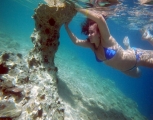
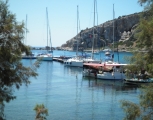
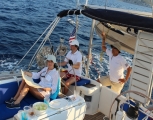
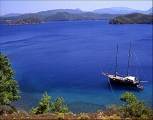
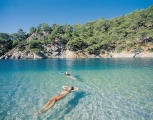
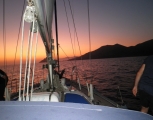
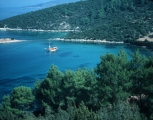
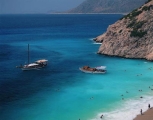
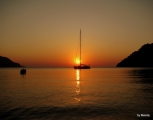
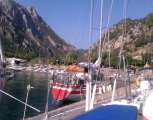
|
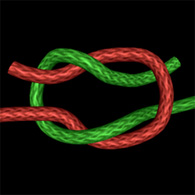 |
 |
 |
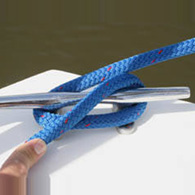 |
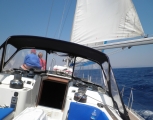
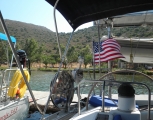
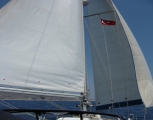
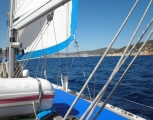
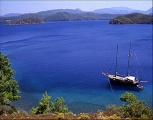

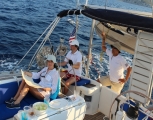
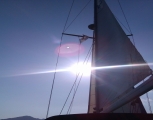
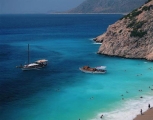
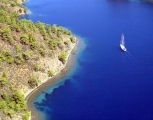
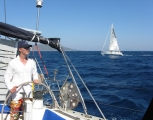
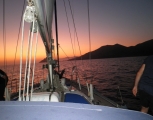
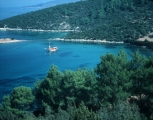
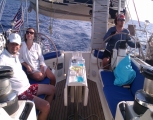
|
